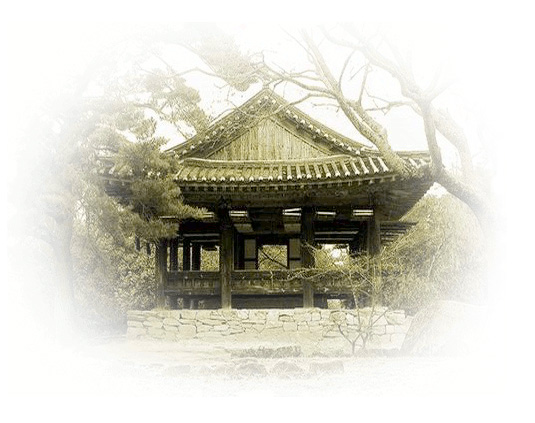A Brief History of Tang Soo Do
Historians have described ancient connections in Korean history to legitimize the art of Tang Soo Do.
According to published texts, the ancestral art of Korea can be traced back to the period when Korea was divided into three kingdoms: Silla, Paekche, and Goguryo.
Goguryo was founded in 37 BC in northern Korea. The Silla Dynasty was founded in 57 BC in the southeast peninsula. The third kingdom, Paekche was founded in 18 BC.
Finally, after a long series of wars, the Silla Dynasty united the three kingdoms in 668 AD. During this period, the primitive martial arts (including an art known as Soo Bakh) were very popular as a method of self-defence in warfare. This is evident in the many mural paintings, ruins, and remains, which depict Taek kyon in those days. Among the three kingdoms, the Silla Dynasty was most famous for its development of martial arts.

A corps composed of a group of young aristocrats who were called "Hwa Rang Dan" (화랑단) was the major force behind the development of the art. These warriors were instrumental in unifying the Korean peninsula under the new Silla Dynasty (668 AD - 935 AD). Many of the early leaders of that dynasty were originally members of the Hwa Rang Dan. Most Korean martial arts trace their spiritual and technical heritage to this group.
The united Silla kingdom was ultimately overthrown by a warlord, Wang Kun, in 918 AD. The new kingdom, (koryo e.g. Korea), lasted for 475 years (918 AD - 1392 AD). During the Wang Dynasty, the "Hwa Rang Dan" became "Gook Sun Dull" or "Pong Wall Dull." "Gook Sun" or "Poong Wal" are considered as modern army generals, each could have several hundreds to several thousands private armies to protect the country and the region.
This system was later adapted by the Japanese and became the Samurai (Hangul: 랑인, Hanja: 郞人) system. In 1392, the Yi Dynasty succeeded the Goryeo kingdom.
The Yi Dynasty remained intact for 500 years. During the 1000 year period of the Goryeo Kingdom and the Yi Dynasty, what we today know as Taek kyon was increasingly popular with the military. More importantly however, the art also became very popular with the general public.
During this period, Taek kyon was referred to as Kwon Bop, Tae Kyun, Tang Soo, Soo Bahk and other names. The first complete martial arts book was written at this time, the "Mooyae Dobo Tongji". It was written in 1790 and its illustrations show that Taek kyon had developed into a very sophisticated art of combat.
Although it was popular among the public, it was eventually banned by the Yi Dynasty due to fear of rebels. Therefore, the Korean traditional martial arts were taught as one teacher has only one student throughout the teacher's life. Students were thus forced into training in secret.
